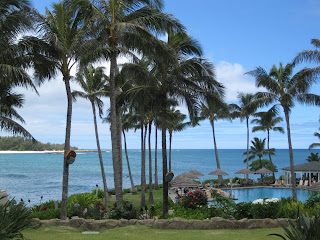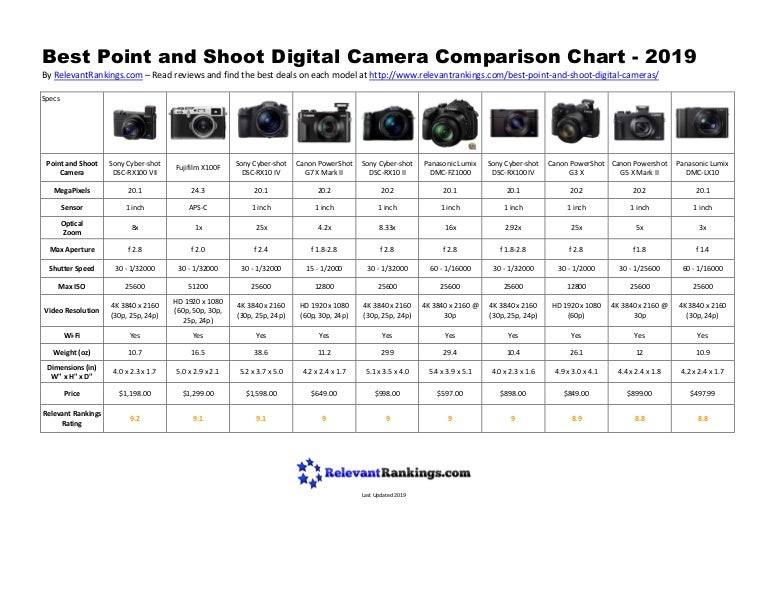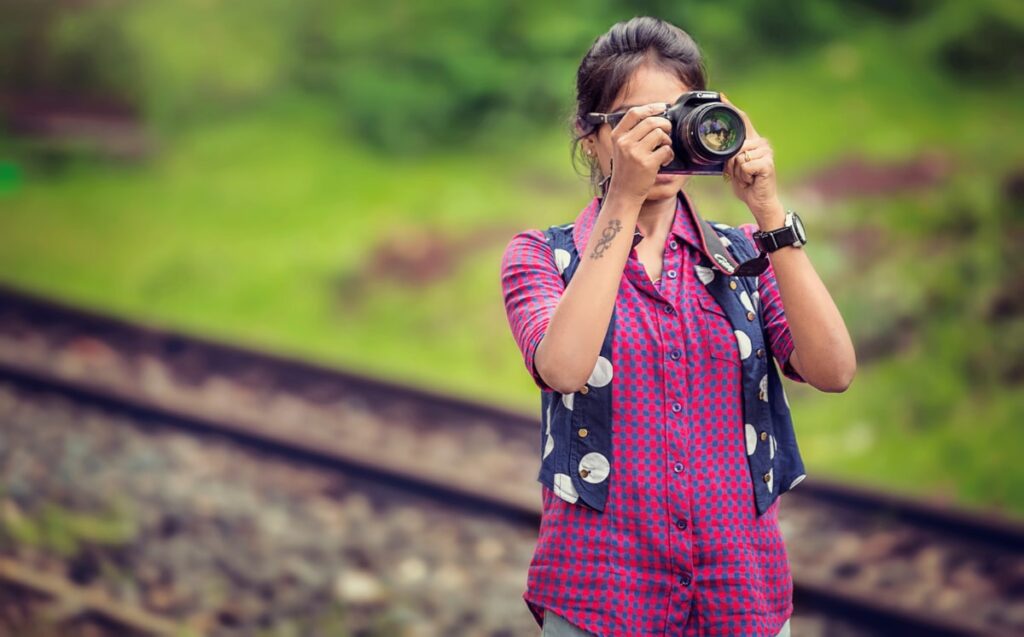
- #BEST POINT AND SHOOT CAMERA BOKEH MOVIE#
- #BEST POINT AND SHOOT CAMERA BOKEH FULL#
- #BEST POINT AND SHOOT CAMERA BOKEH PROFESSIONAL#
- #BEST POINT AND SHOOT CAMERA BOKEH SERIES#
In addition, how’s the battery life? How do you like the handling and feel? How long can you shoot video before the camera heats up or stops? Does it support 10-bit HDR video? Is there a microphone and/or a headphone jack? (if you do a lot of interviews, it's preferable to have both.) How's the video autofocus? All of these things play a part in your decision – so now let’s take a look at the best models. Another key factor is sensor speed, as slower sensors tend to have more rolling shutter that can create a “jello” effect that skews video. Does your camera do “pixel-binning” for video recording or read out the entire sensor? Better cameras tend to do the latter. When it comes to video, there are other factors to consider. Sony's RX100 V has a 24-70mm zoom, but it's slower at the telephoto end (f/2.8) and less sharp than a prime lens. Fujifilm's X100V, for instance, has a fast but fixed 35mm-equivalent f/2.0 lens and no zoom. While that's great for portability, a single lens means you're going to sacrifice something. You may also want a screen that flips out rather than just tilting.ĭSLRs and mirrorless cameras let you change lenses, but you're stuck with what's built into a compact camera. For things like street photography, it’s best to have as bright and sharp a rear display as possible. The best models have the sharpest and brightest EVFs that let you best judge a shot before taking it. The electronic viewfinder (EVF) and rear display are also key. However, some models are just a bit faster and more reactive than others. The majority also feature AI smarts like eye-detect AF for people and animals. Most modern mirrorless cameras have hybrid phase-detect AF systems that allow for rapid focus and fast burst speeds. Finally, action cameras like the GoPro Hero 11 and DJI’s Osmo 3 have even smaller sensors (1/1.9 and 1/1.7 size, respectively).įor photographers, another key factor is autofocus (AF) speed and accuracy. That's used mostly by compact models like Sony’s ZV-1 vlogging camera. The other common sensor size is Type 1 (1 inch), which is actually smaller than one inch at 12.7 x 9.5mm. For video, you can still get reasonably tight depth of field with good prime lenses, but focus is easier to control.
#BEST POINT AND SHOOT CAMERA BOKEH FULL#
It offers less bokeh and light-gathering capability than APS-C and full frame, but allows for smaller and lighter cameras and lenses. Micro Four Thirds (17.3 x 13mm), a format shared by Panasonic and Olympus, is the next step down in sensor size.


#BEST POINT AND SHOOT CAMERA BOKEH MOVIE#
With a sensor size the same as movie cameras, it's ideal for shooting video, and it’s easier to hold focus than with full-frame cameras. It's cheaper than full frame, both for the camera body and lenses, but still brings most of the advantages like decent bokeh, high ISOs for low-light shooting and relatively high resolution.
#BEST POINT AND SHOOT CAMERA BOKEH SERIES#
The next size category is APS-C (around 23.5 x 15.6mm for most models and 22.2 x 14.8mm for Canon), offered on Fujifilm's X Series lineup, Canon’s R10 and R50 and the Nikon Z50. This can also make video shooting difficult. While bokeh looks incredible at f/1.4, the depth of field is so razor thin that your subject's nose might be in focus but not their eyes. It's also the most expensive and finicky. At a size equivalent to 35mm film (36 x 24mm), it offers the best performance in terms of image quality, low-light capability and depth of field. In general, the larger the sensor size, the better (and usually more expensive) the camera.įull frame is available on models like Sony's new ZV-E1, the Canon EOS R6 II and Panasonic S5 II. With that extra quality comes a lot of extra factors to consider, however.

#BEST POINT AND SHOOT CAMERA BOKEH PROFESSIONAL#
You also get natural and not AI-generated bokeh, quicker shooting, a physical shutter, more professional video results and so on. Where smartphones have one f/stop, cameras have many, which gives you more exposure control. The larger image sensors in mirrorless cameras let more light in, and you have a wide choice of lenses, from wide-angle to telephoto lenses, with far superior optics. There are a lot of reasons to choose a camera over a smartphone. Best DSLR cameras What to consider before choosing a camera


 0 kommentar(er)
0 kommentar(er)
